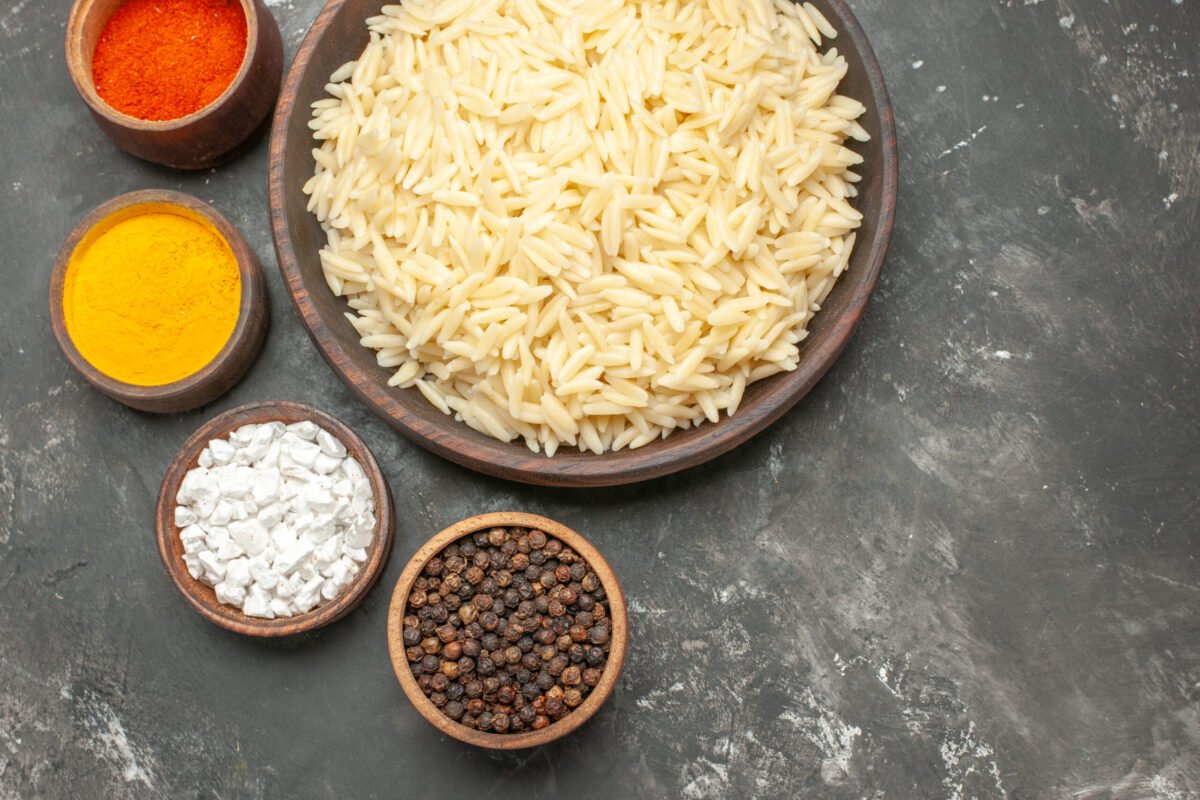
Unveiling the Unique Benefits of Krishna Kamod Rice
We all want plates that smell inviting and feel light, without long prep or tricky steps. Krishna Kamod sits in that sweet spot. The grain cooks fast, stays soft, and carries a gentle aroma that lifts daily meals without heavy spice.
If you like khichdi on a slow night and pulao on a busy one, this rice fits both moods with the same calm pot routine. In this guide, we walk through taste, cooking behavior, smart buying, easy uses, and the key krishna kamod rice benefits home cooks talk about again and again.
What Is Krishna Kamod Rice, in Plain Word
Krishna Kamod is a medium grain that swells evenly and feels plush on the tongue. The scent is soft and slightly sweet, so the pot smells welcoming the moment steam rises.
Grains sit close after cooking yet do not clump hard, which makes spoon work easy at the table. We like it because the grain keeps its shape in a pulao and turns creamy in a khichdi without much effort. That balance is the reason many kitchens keep it as a daily choice instead of a rare treat.
Taste and Aroma You Notice at the Table
On the plate, Krishna Kamod reads clean and round. The aroma lands early, then stays gentle while you eat. Pair it with dal and a light tadka, and the bowl feels complete without extra garnish.
Fold in peas and a mild spice mix, and a quick pulao holds its own without heavy oil. For curd rice, the grain softens quickly and still gives a pleasant bite, so each spoon tastes calm and satisfying. We find that kids accept it on sight because the color stays bright and the smell feels friendly.
Cooking Behavior and Simple Ratios
Rice likes calm heat and steady water. A common ratio of one cup of rice to two cups of water works for most vessels, even though you can lessen the water slightly if you want a firmer grain.
Rinse until the water runs almost clear, and then soak the rice for twenty minutes, so the pot functions evenly. Bring it to a gentle boil, cut heat to low, and cover the pot to let the osmosis of steam do the work.
When the time is up, let the pot rest for five minutes before you take the lid off. Fluff with a wide spoon in a slow, smooth stroke. Doing these things to protect the texture of rice and let the grains ease will serve you well.
If you happen to cook with a pressure cooker, plan on one whistle at medium heat and let it drop pressure unsupervised. That pattern will be the ideal soft grains without broken edges.
Krishna Kamod Rice Benefits That Matter in Daily Life
People often ask what krishna kamod rice benefits show up in real meals, not just labels. We see five that help every week.
- The aroma lifts simple bowls like dal rice or curd rice, so dinner feels special without extra work.
- It turns creamy quickly, which makes khichdi and kheer easy on days you need comfort and speed.
- Reheats stay soft and pleasant, so leftovers taste close to fresh and lunch boxes stay happy.
- It works with gentle spice and light oil, so plates feel balanced instead of heavy.
- It bridges home tastes and guest plates, since the friendly scent pleases many palates.
Pairing Ideas That Never Fight the Plate
Krishna Kamod supports mild gravies and clean stir-fries. Try it beside a light paneer curry on Monday and a simple chana masala on Thursday. Keep sides lean with sautéed beans or carrots so the bowl stays lively without extra oil. The grain also sits well with yogurt and a pinch of roasted cumin, which makes a fast lunch when time runs tight.
Buying Smart and Storing Right
Pick fresh stock with a clean scent and grains that look even in size. Transparent packs help you check for broken bits and stray stones. Small packs beat large packs for most homes, since turnover keeps aroma bright.
Store in a cool cupboard away from stove heat and sunlight. Keep the jar sealed tight so moisture stays out. If you live in a humid place, add a little bay leaf in the jar to keep bugs away, then rotate stock so the older lot moves first.
Cooking Tips We Learned the Hard Way
Salt the water lightly at the start when you want a base that needs only a small tadka at the end. If grains feel sticky, rinse a bit longer next time and soak briefly so surface starch washes out.
For a pulao, toast the rinsed rice gently in oil before adding water, which gives a clearer grain line and a better bite. For khichdi, skip toasting and add water early so the pot turns creamy without effort. Small tweaks like these make a steady difference night after night.
Cost, Value, and Small Kitchens
You do not need a big rice lineup to cook well. One jar of Krishna Kamod covers comfort bowls and guest plates. Because the grain carries aroma on its own, you can use a lighter hand with ghee and spice.
That saves money and keeps meals steady. Since it reheats kindly, you can cook once and eat twice without losing joy in the bowl. For small kitchens, this kind of reliability is gold.
Simple Weekly Plan You Can Copy
- Monday: Dal and Krishna Kamod with a light tadka.
- Wednesday: Peas pulao and cucumber salad.
- Friday: Lemon rice and sautéed beans.
- Sunday: Khichdi for a calm close to the week
A plan like this keeps rhythm without rigid rules. You buy once, you cook twice, and you rest easy.
Conclusion
Krishna Kamod fits everyday cooking because it smells inviting, cooks steady, and feels light on the spoon. The practical krishna kamod rice benefits show up in real routines like khichdi nights and quick pulao lunches. Keep a small stock, store well, and follow a calm pot method. With a few simple habits, you get bowls that taste clean and look neat, day after day.








